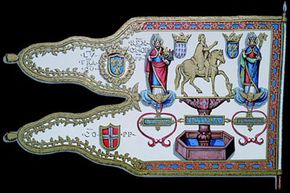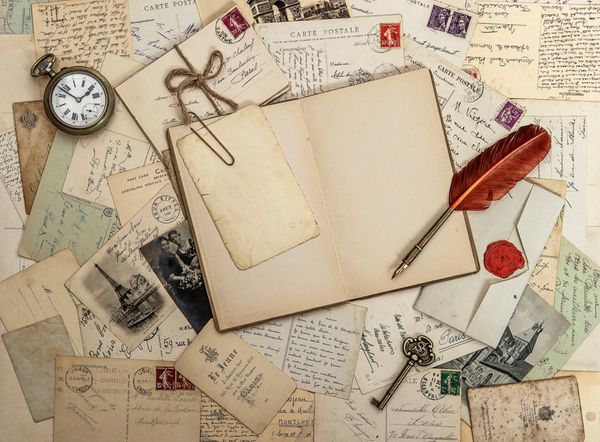Strolling through a shopping mall, you may see a kiosk that specializes in family crests. Likewise, if you've ever researched family history by typing your surname into a search engine or visiting a genealogy Web site, you may have felt bombarded with the plethora of ads promising to help you find the authentic symbol stamping your family tree. In this article, we'll help separate fact from fiction when it comes to family crests.
Before we delve into some of the common symbols emblazoned on crests and how to possibly find those belonging to your forefathers, we need to understand a bit of related history and terminology.
Advertisement
People sometimes refer to a family crest by other names, such as a shield of arms or coat of arms. The terms "family crest" and "coat of arms" have become interchangeable, but they started out with tangible differences, as we'll see later. You may also run across the term heraldry. This term originates from a European custom dating back to the Middle Ages. Heralds, or announcers, would introduce knights at competitions, and spectators could distinguish each knight by the design adorning his shield, helmet and armor. This design was his crest. Medieval illustrations of knights and their horses show that the horses' gear was often decorated with the same design, too [source: Powell].
Think of a crest like a trademark or custom stamp. Crests were passed down by men to their firstborn male offspring, similar to how a man named William Jones might name his son William Jones Jr. In a tradition known as cadency, the father's other sons embellished on this crest to create a semi-original one to represent their own families [source: Powell].
You've probably figured out that very few people with the same last name share a family crest. That was true during the days of feudalism, so imagine how slim the chances are in this era of just one coat of arms representing your entire family. Now, you can tell the kiosk guy at the mall you already know the deal: There's no such thing as one coat of arms for your last name [source: Powell].
But all hope isn't lost. Several legitimate authorities (such the American College of Heraldry in the United States and the College of Arms in the United Kingdom) may be able to help you create or confirm a family crest that you and your children can use.
Advertisement



